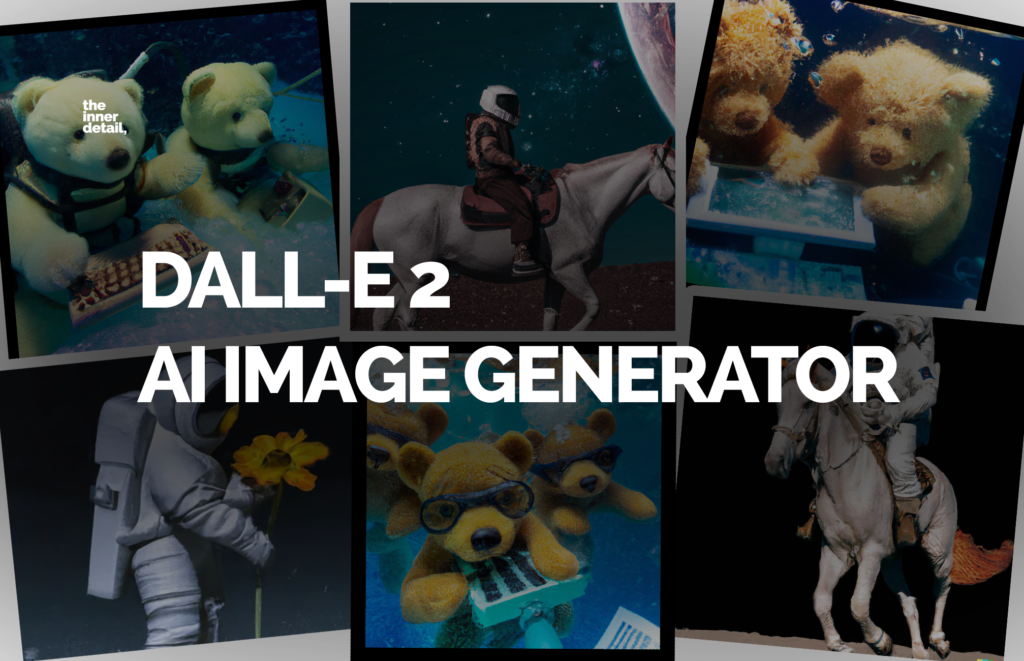Elon Musk’s OpenAI creates a new AI Image generator that renders users realistic images from text prompts in seconds.
Playing with pictures, making memes of ‘cheems’ – being the trend of the decade, a new image generating artificial-intelligence software of the kind, now lets people to picturize whatever comes to their mind, in just a matter of seconds. Type-in the key as ‘a dog eating an ice-cream in one hand & riding a bicycle’, the AI image generator will provide you a realistic image of the same. That’s how easy it is.
Created by OpenAI (Elon Musk’s & Sam Altman’s AI-research firm) in January 2021, the DALL-E serves as an image-generator software and is now available in beta to one million people who had priorly signed up to the early access version of the algorithm. Besides, the beta-version will also be accessible as a payable service, if users are fond of creating more images than the limit prescribed.
A good platform for art to be explored and picturized!
How does DALL-E work?
DALL-E’s AI system creates realistic images and art from a simple ‘text description’ input in natural language. The pictures seem to be original and usually blends concepts, attributes and styles as the user imagines of in his/her mind.
DALL-E 2, the updated version of the former, creates realistic edits to existing images too for every caption added, easing the process of editing a picture and is capable of trying different variations of an original picture. Seriously who would spend time on photoshop, when the AI finishes the job in seconds and perfection!
An example of the new form of AI – generative-AI, DALL-E 2 was created by training a neural network on images and their text descriptions through deep learning. It not only understands specific objects like koala bear and motorcycles but also the relationship between all of its known objects. So, if you feed in ‘koala bear riding a motorcycle’, you will get this.
DALL-E 2 has learned the relationship between images and the text used to describe them and applies them via a process called ‘diffusion’ where random keywords are patterned and aligned to provide a specific image that’s more reasonable.
What to do with the AI-Images?
Picturizing a dream-kind of world in a more realistic way to look and feel is what the DALL-E masters of doing. The image-generator allows people to use the images they generate for commercial purposes like printing the images on t-shirts or selling the merchandise displaying the AI images. And each image created owes to its respective creator for its ownership.
The signed-up users will now get access to generate 50 free images within the first month and fifteen in every following month. People who aren’t sufficed with the freebies, OpenAI has a $15 purchase, for which users get 115 credits of photo-generation. Each credit represents four pictures on one original prompt or three pictures if users want to edit or try variation to the prompted picture.
It’s usually fun and it generates whatever key-ins people could imagine. ‘Astronaut riding a horse’, ‘SpongeBob’s House’ and ‘Teddy bears working underwater’ are few keywords of the pictures that the algorithm created.
However, image uploads that include realistic people faces and explicit content will not be created, reasoning to its susceptibility of misusing the pictures, deepfakes and other harmful activities.
Everyone can sign-up as a waitlist to access the AI image-generator, when the chance turns to him/her. Here’s the link to signup.
Could be a Threat?
Constraining the misinformation and securing the algorithm to not get exploited inappropriately by users were the two big challenges for AI-image generators to socialize. Google’s recent announcement that it wouldn’t release its AI-generating model – Imagen and limited access to Make-A-Scene – an art-focused image-generating system of Meta justifies the potential threat of the algorithm. Indeed, Meta had stepped forward in making text-to-video platform called “Make-A-Video“.
That’s why DALL-E 2 (successor of DALL-E) came into picture, being trained on a dataset that filters images of violent, sexual or hateful content. The second version further incorporates other safeguards like ‘automated and human monitoring systems’ to prevent the model from memorizing faces that often appear on the internet.
Related Posts
“Expanding access is an important part of our deploying AI systems responsibly because it allows us to learn more about real-world use and continue to iterate on our safety systems”, OpenAI writes. “We are continuing to research how AI systems, like DALL-E, might reflect biases in its training data and different ways we can address them.”
Apart from this, the platform may really kickstart a new version of editing and making up photos, proffering a new realm to art and gallery!
What you think of these AI generated Art / Image platforms? Is it a threat or an attribute?
(For more such interesting informational, technology and innovation stuffs, keep reading The Inner Detail).

